Late 18th century - Early 20th century
H. 12 cm; W. 33 cm; D. 23 cm
With its key
(Lifts, small accidents and missing pieces) Considered the poor relation of marquetry, straw – whether rye or oat – was worked during the 17th century in the convent by nuns but also on English pontoons, by sailors or convicts. If these blond embroideries were made from an abundant and inexpensive material, they quickly gained their letters of nobility by the preciousness and meticulousness of the objects they covered. Game boxes, snuff boxes and even furniture were covered with straw in ribbons. First crushed using a hammer or hot iron, then glued to a support using a bone folder, the marquetry straw was thus magnified by the cabinetmakers Delasson in the 18th century and Jean-Michel Frank in the 20th century.
















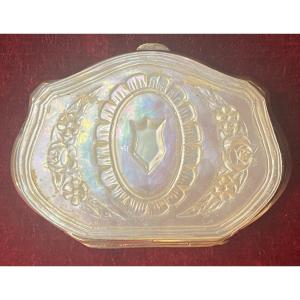
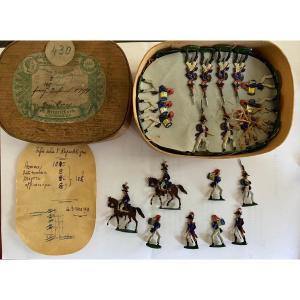









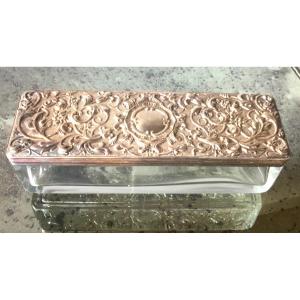
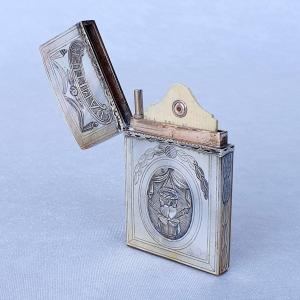

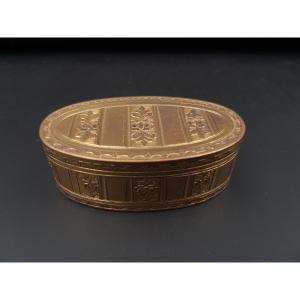



 Le Magazine de PROANTIC
Le Magazine de PROANTIC TRÉSORS Magazine
TRÉSORS Magazine Rivista Artiquariato
Rivista Artiquariato